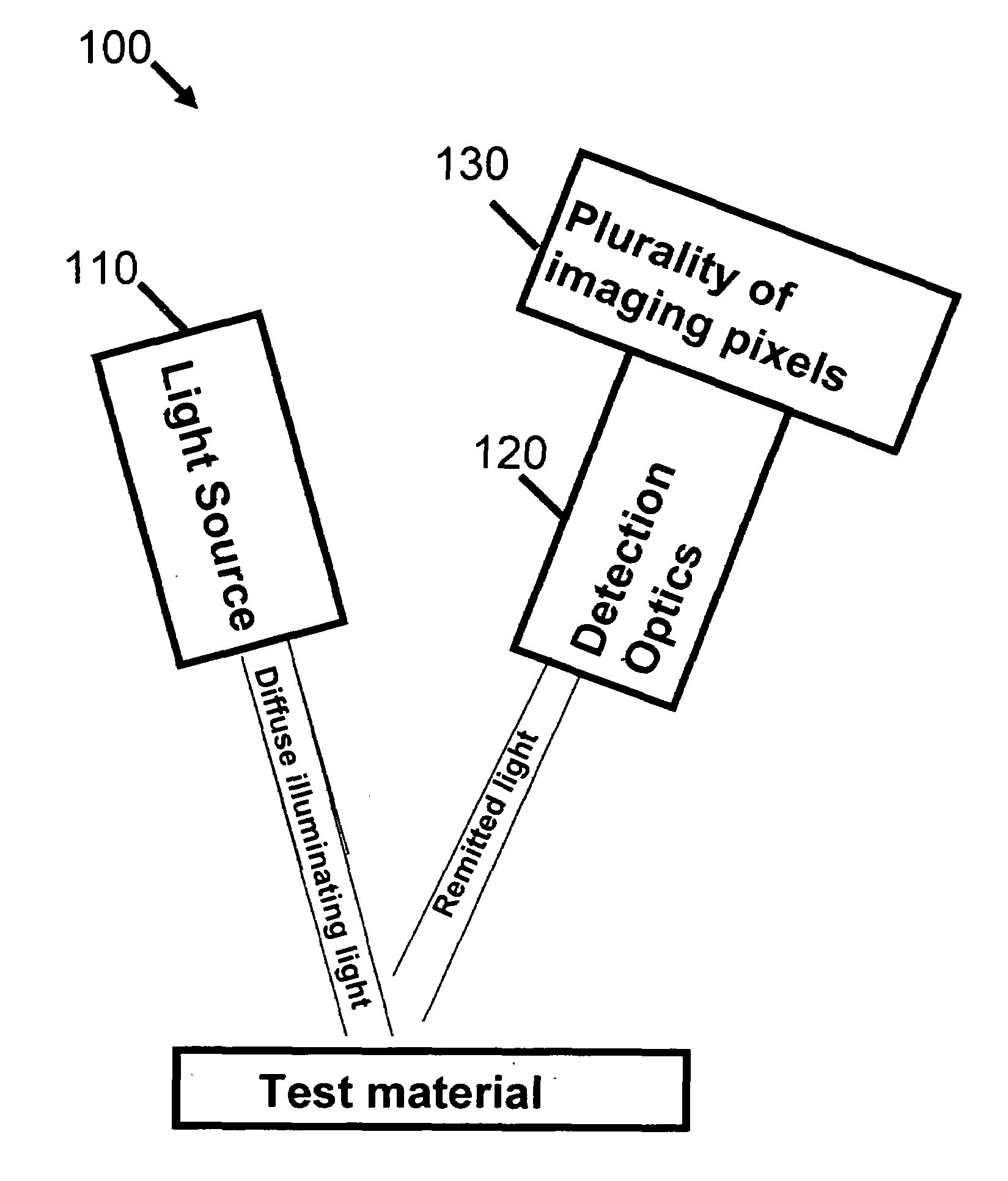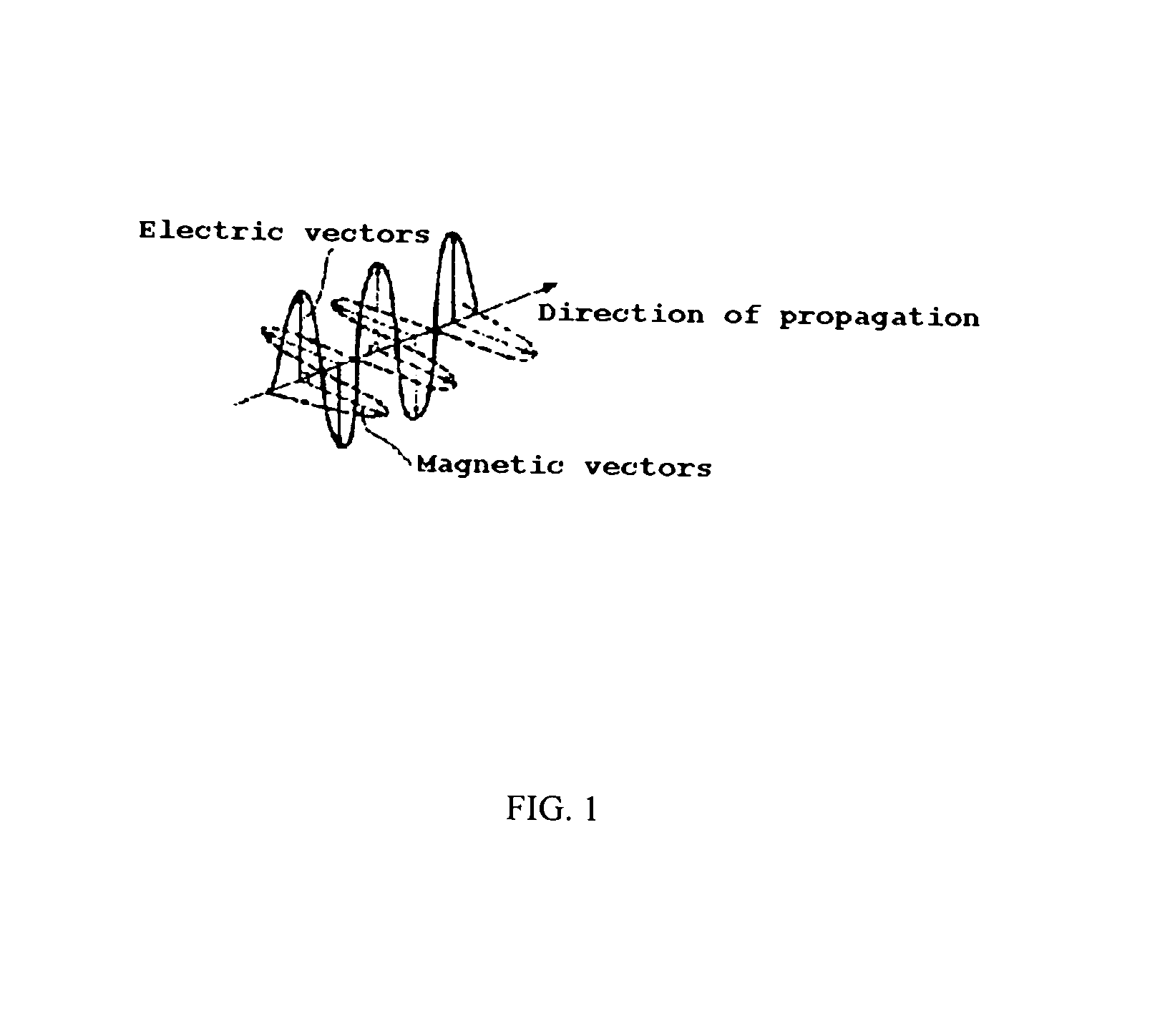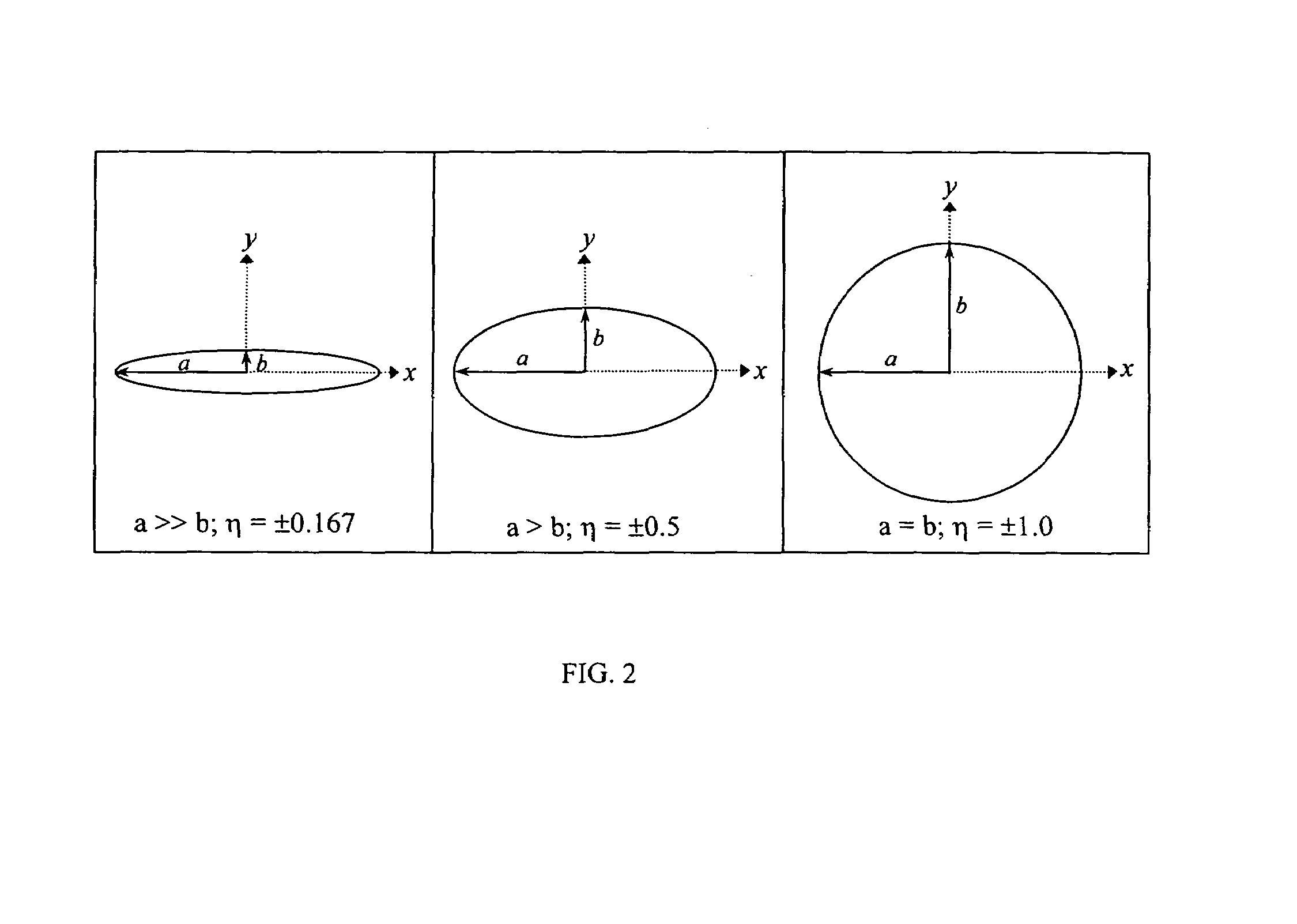System and method for imaging sub-surface polarization-sensitive material structures
a subsurface polarization and material structure technology, applied in the field of imaging systems, can solve the problems of insufficient sensitivity and specificity of immunologic tests for high confidence in endometriosis diagnosis, lack of spatial resolution of ultrasound for detection of all but the largest lesions, and insufficient diagnostic techniques. , to achieve the effect of enhancing the directionality of these structures and underlying blood vessels, lightening intensity, and increasing backscattering
- Summary
- Abstract
- Description
- Claims
- Application Information
AI Technical Summary
Benefits of technology
Problems solved by technology
Method used
Image
Examples
example 2
[0150]Although tissues / organs such as the gall bladder, bladder, uterus, and small intestine that exist in the internal abdominal cavity are comprised primarily of smooth muscle walls, experimentation with the present system and method have show that they each have polarization-sensitive constituents that cause uniquely polarized light to be remitted. Additionally, experiments with tissue from a small intestine shows that the SPI image-maps generated by the present system and method reveal the nerves that run around the intestinal wall indicating the feasibility of imaging nerves on prostates and other organs and tissues.
[0151]The image-maps from this tissue group indicated that polarization-based imaging of relaxed smooth muscle tissue, in general, lead to little smooth muscle structural information at the millimeter scale compared to image-maps of the abdominal wall peritoneum. The smooth-muscle based image-maps do present indications of relative differences between various tissue...
example 3
[0161]Fresh ovine broad ligament and abdominal peritoneal wall were obtained and kept moist with saline-soaked paper towels and refrigerated for less than <3 hours until placed on the imaging system stage. Before imaging the broad ligament and peritoneal wall, these tissues were suspended under slight tension approximately 1 inch above the stage while being held at the corners by hemostatic forceps attached to the imaging stage. The applied tension prevented the tissue from fully retracting. The surface of the stage was covered with a light absorbing material so as to minimize reflection and scattering effects from the stage.
[0162]Color photos of the tissue were taken with a digital SLR camera (Canon; D60; Japan) while being illuminated with unpolarized white light from a Xenon light source. Near-infrared images were taken with the visible-NIR sensitive CCD (Hitachi; Japan; KP-F120CL) while the tissue was illuminated with unpolarized 940 nm light from the fiber-coupled laser.
[0163]T...
example 4
[0170]Immediately following euthanasia, the abdominal peritoneal wall of two cats were surgically exposed for imaging: midline abdominal incisions were made and the peritoneal cavities opened. With two additional oblique incisions, flaps of the peritoneal walls were created so that they folded over exposing the interior of the peritoneal walls. Two corners of each peritoneal wall flap were held by hemostatic forceps and suspended under slight tension approximately 2 inches above the imaging stage. The tissues were kept moist with periodic application of saline solution.
[0171]To explore the effects from the underlying abdominal wall, the cat peritoneum was imaged while it was still attached to the abdominal wall. Images were acquired of a cat peritoneal wall while being illuminated with unpolarized white light and 940 nm light, see FIG. 19.
[0172]The fine fiber structure of the peritoneum is visible in the DoLP image-maps, see FIG. 20. In the image-maps, the fiber bundles run vertical...
PUM
 Login to View More
Login to View More Abstract
Description
Claims
Application Information
 Login to View More
Login to View More - R&D
- Intellectual Property
- Life Sciences
- Materials
- Tech Scout
- Unparalleled Data Quality
- Higher Quality Content
- 60% Fewer Hallucinations
Browse by: Latest US Patents, China's latest patents, Technical Efficacy Thesaurus, Application Domain, Technology Topic, Popular Technical Reports.
© 2025 PatSnap. All rights reserved.Legal|Privacy policy|Modern Slavery Act Transparency Statement|Sitemap|About US| Contact US: help@patsnap.com



